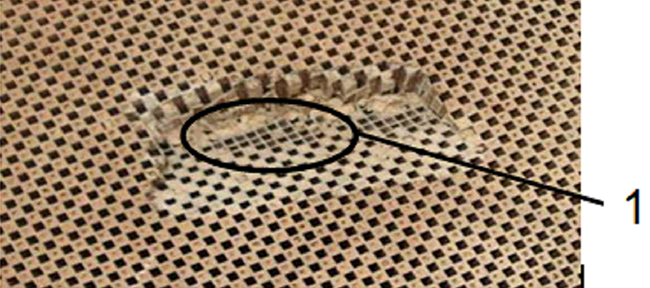DPF maintenance is crucial when it comes to keeping your truck on the road. Manufacturers have come up with a variety of different systems, mostly a 1-box configuration with newer systems as well as separate component systems. In addition, they both consist of a DOC/DPF and a SCR catalyst. These systems depend on each other to give accurate readings to prevent the MIL light from being triggered. It’s very important that you use the right shop to troubleshoot your problem.
Check engine lights, MIL, DTS and any other notification issues are mostly linked to the aftertreatment systems (if the unit was equipped with one). Diesel Oxidation Catalyst (DOC) and Diesel Particulate Filter (DPF) work together to filter out particulate matter. However, diesel engines emit two types of exhaust gases, known as particulate matter and NOx. OEM recommends removing ash from your DPF and DOC at 400,000 plus miles. Idling engines will contribute to more soot and may cause systems to require maintenance earlier.
DPF Service (Semi Truck)
When should you clean your DPF?
All systems include a self-cleaning component which will automatically clean the filter during operation. This requires your truck to be regularly driven on a highway for more than 2-3 hrs. If the MCM or ACM detects that cleaning is required, then an active regen will occur. Also, if there are any irregularities diagnosed, an engine light or MIL will appear. If that happens, it is best to bring the truck to a shop with an experienced team for troubleshooting.
If the truck is idling the majority of the time, this is considered severe duty usage. Consequently, the filter system will not get a chance to clean during driving, in which case, a stationary regen is needed. On the other hand, if the system is unable to start or complete regen and the check engine light stays on, the unit should be looked at by an experienced mechanic.
How long does DPF cleaning last?
An active or stationary regen will take 40-60 minutes. If you’re either experiencing longer than normal regen times or if the engine light stays on the truck, it should be scheduled for troubleshooting.
OEM recommends filters to be removed and cleaned at 400,000 miles. The time this type of cleaning will take varies from 1-2 days. It’s important to go to the right shop when scheduling your filter maintenance. Inspecting the filter before reassembly will ensure its longevity; a shop that is equipped with the correct equipment can successfully reset settings and bring equipment to OEM standards.
Inspect the DPF for Face Cracking
If any vertical cracks are visually apparent (1, 2) in the DPF substrate, replace the DPF.

Flange Weld Abnormalities
Most flange weld abnormalities will not affect the functionality of the DPF but make sure the filter is not sliding or that internals are no longer attached to housing; both problems will require replacement of the filter.

Face Gouges
Inspect the DPF for face gouges (1). If any gouge on the surface of the substrate extends past the depth of the cell plugs or has caused visual damage to the cell plugs extensive enough to allow exhaust to pass, replace the DPF.

Edge Chips
If the edge chips extend to a depth that exceeds the cell plugs or is more than 6.35 mm (.25 in.) from the outer edge toward the center, being more than three cell rows, the DPF should be replaced.

Emissions History Chart


